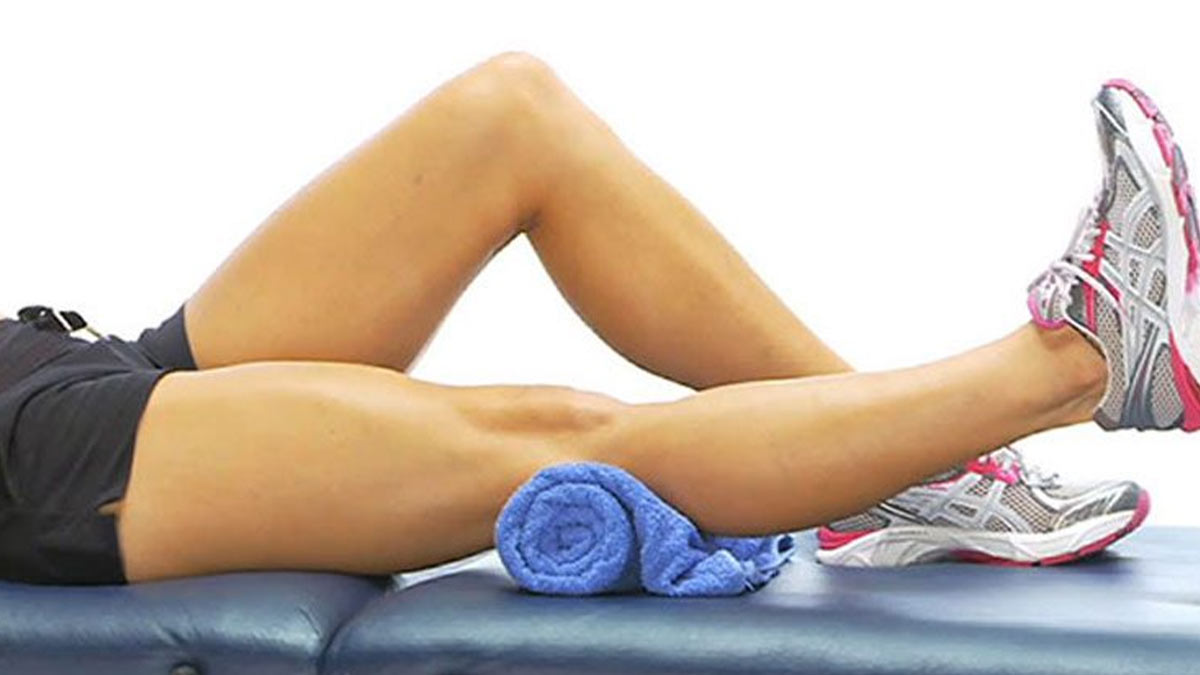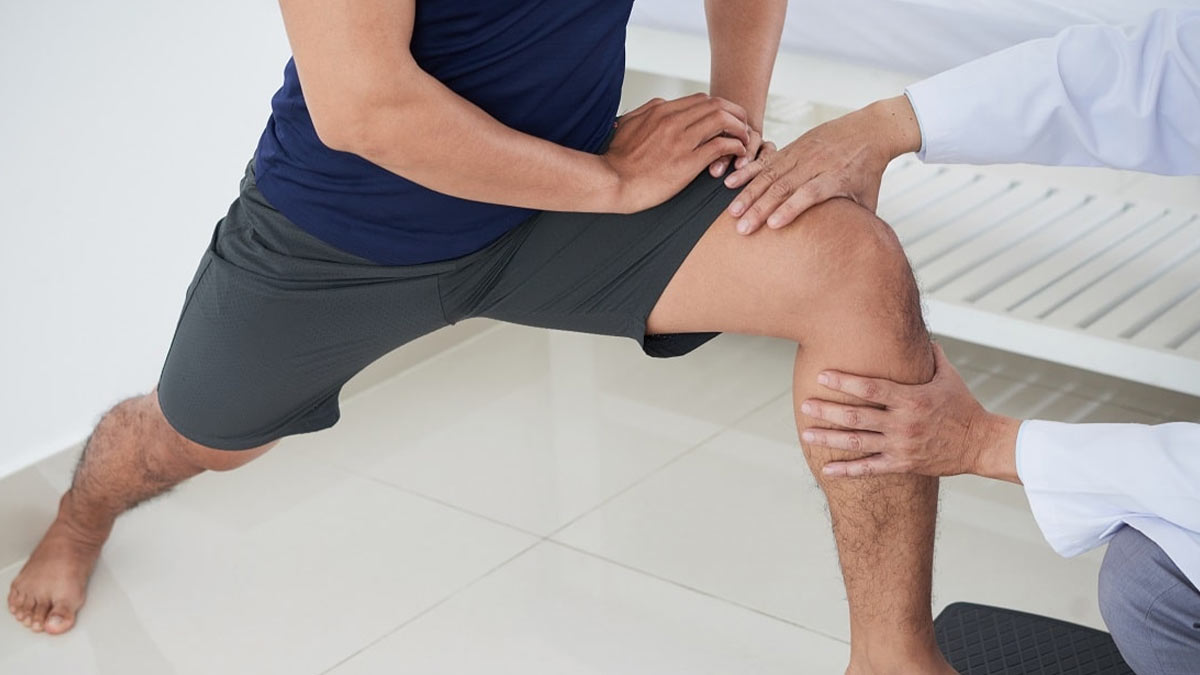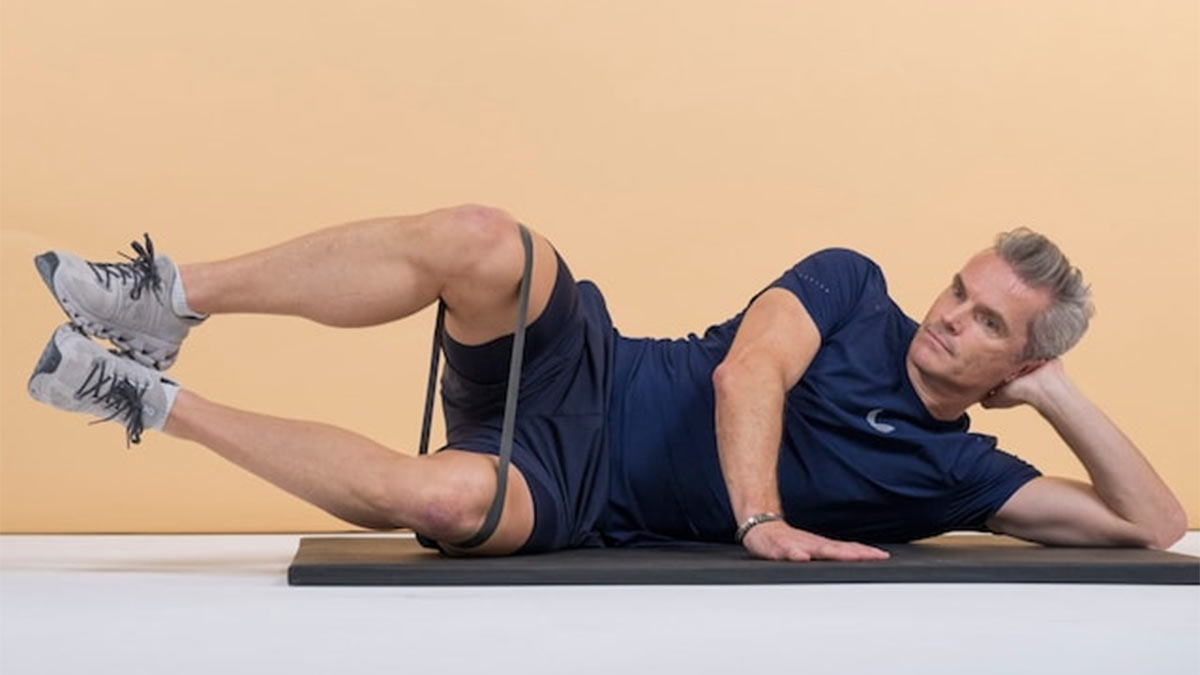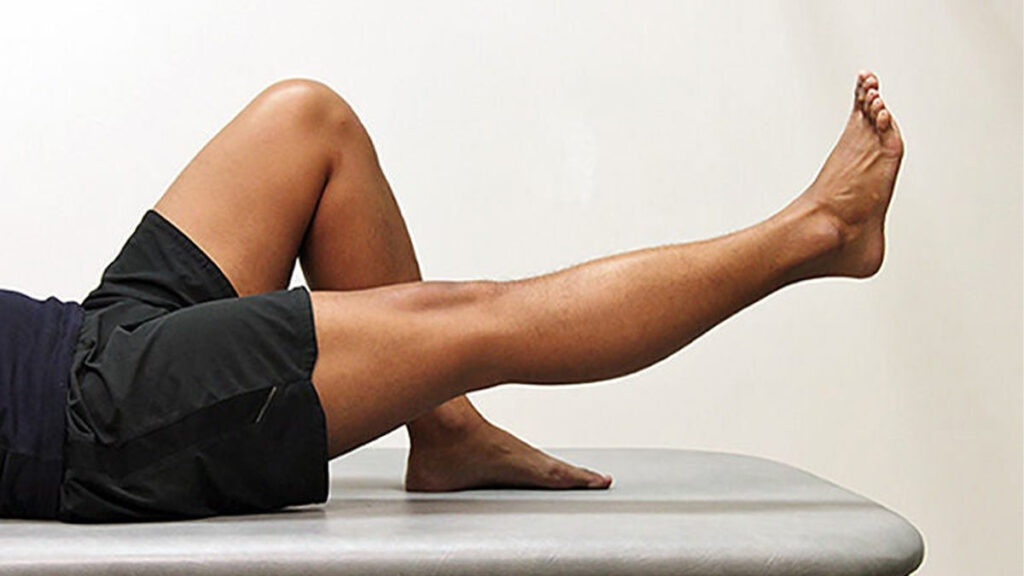Maintaining healthy and strong knees is essential for mobility, stability, and overall physical function. Whether you are recovering from an injury, managing knee pain, or simply aiming to boost athletic performance, strengthening the knee over a two-month period can bring remarkable results. This comprehensive guide explores practical exercises, nutrition tips, lifestyle habits, and recovery techniques that can effectively improve knee strength and resilience within 60 days.
Understanding the Importance of Strengthening the Knee
The knee is a complex joint that bears much of the body’s weight and endures constant movement throughout daily life. Weak knees can lead to instability, pain, and limited motion. Therefore, strengthening the knee helps protect surrounding muscles, ligaments, and tendons from overuse and injury. In addition, strong knees support better posture and reduce stress on the hips and lower back.
The process of strengthening the knee involves a combination of targeted exercises, flexibility training, and proper recovery. Over the span of two months, consistent effort can significantly improve both strength and endurance, making daily activities more comfortable and efficient.
The Role of Muscles in Knee Stability

The quadriceps, hamstrings, calves, and gluteal muscles all contribute to knee stability. When one of these muscle groups weakens, the entire joint becomes vulnerable. Focusing on strengthening the knee also means developing balanced muscle engagement around the leg. Strong quadriceps, for instance, help in controlling knee movements, while flexible hamstrings prevent joint strain.
Athletes often wear compression gear during workouts to enhance performance. According to research discussed in Combining Style and Functionality in Compression Garments: The Perfect Blend for Athletes, such garments not only provide support but also encourage blood circulation, which helps in recovery after intense knee exercises.
Warm-Up Routines Before Knee Workouts
Before performing any exercise to strengthen the knee, it’s vital to warm up. Gentle stretches, brisk walking, or stationary cycling for 5–10 minutes can increase blood flow and prepare the muscles for exertion.
Dynamic stretches like leg swings and ankle rotations loosen up tight joints. Doing this regularly prevents injuries and allows the knee to move smoothly throughout the range of motion. Over time, proper warm-up habits contribute to long-term strengthening the knee by reducing inflammation and stiffness.
Effective Exercises for Knee Strength
There are several proven exercises that target the muscles supporting the knee. To achieve noticeable progress within two months, include the following in your routine:
- Squats: These build the quadriceps and glutes. Perform them slowly with controlled motion to avoid pressure on the knee cap.
- Lunges: Forward and reverse lunges improve stability while promoting flexibility.
- Leg Raises: Straight leg raises are perfect for those starting a new fitness journey.
- Step-Ups: Using a step or bench mimics climbing stairs and helps in strengthening stabilizing muscles.
- Bridges: Strengthen the hamstrings and glutes to relieve pressure on the knees.
Performing these exercises three to four times per week ensures gradual improvement in strengthening the knee without overexertion.
Nutrition for Stronger Knees
Nutrition plays a vital role in muscle recovery and joint health. Foods rich in omega-3 fatty acids, calcium, vitamin D, and collagen support the body’s ability to repair tissues. For example, salmon, almonds, eggs, and leafy greens should be part of your diet. Hydration is equally important water keeps the joints lubricated and prevents stiffness.
A balanced diet, when combined with consistent physical activity, accelerates progress in strengthening the knee naturally. Moreover, maintaining an optimal body weight reduces unnecessary pressure on knee joints, especially for those who engage in high-impact activities.
Recovery and Rest

Rest is as important as exercise. Overtraining can strain the knee and lead to setbacks. After each session, stretching and using a foam roller can help relax muscles. Additionally, proper sleep allows the body to repair damaged tissues, further contributing to strengthening the knee over time.
Compression therapy can also aid in recovery. Studies from Compression Garments in Sports: Their Role and Impact on Health highlight how compression wear enhances circulation and reduces muscle soreness, making it an effective addition to your knee-strengthening plan.
The Importance of Flexibility
Flexibility is a key factor in preventing injuries and improving joint mobility. Incorporate yoga or light stretching exercises that focus on the hamstrings, calves, and quadriceps. A flexible body ensures that when you perform movements, the knee can bend and stretch without excessive strain.
Regular flexibility work complements strengthening the knee, especially for individuals who engage in sports or long hours of standing. It allows for smoother coordination and better balance between strength and mobility.
Tracking Your Progress Over 2 Months
Progress tracking helps keep motivation high and ensures consistency. Record your repetitions, weights used, and any changes in endurance or pain levels. After two months, you should notice reduced discomfort, improved balance, and greater stability in your lower body.
Even small achievements in strengthening the knee such as being able to climb stairs without discomfort—should be celebrated. Remember, steady progress is better than quick, unsustainable results.
Lifestyle Changes to Support Knee Health
Apart from exercise and diet, adopting certain lifestyle habits can significantly impact knee strength. Avoid sitting for prolonged periods, and take short breaks to stretch. Wearing proper footwear that supports the arch and absorbs shock also prevents stress on the knee joints.
One interesting aspect of modern fitness technology involves Revolutionizing Warehousing and E-commerce: A New Age of Innovation, which indirectly connects to the development of high-quality sports and rehabilitation gear. Such innovations lead to the creation of ergonomic shoes and supportive knee devices that aid in strengthening the knee more effectively.
The Role of Professional Guidance

For individuals recovering from an injury or surgery, consulting a physical therapist is essential. A professional can tailor a plan specifically designed for your condition and ensure that exercises are performed correctly. This not only accelerates the process of strengthening the knee but also minimizes risks associated with improper form or excessive strain.
Experts may also recommend additional methods such as hydrotherapy, resistance band workouts, or even gentle Pilates routines. By following personalized programs, you can maximize your results in just two months.
Using Supportive Gear for Safety
During the initial stages of training, consider using knee sleeves or compression wraps. These tools help stabilize the joint and offer warmth to the surrounding muscles. As noted in medical research on Compression Garments and for How Long, the correct duration and application of compression gear are crucial for achieving lasting benefits without limiting mobility.
Such gear not only assists in strengthening the knee but also reduces inflammation, making the exercises safer for people of all fitness levels.
Preventing Future Knee Problems
After two months of consistent training, maintaining knee strength requires ongoing effort. Keep performing strengthening and stretching routines two to three times a week. It’s also important to maintain a healthy weight to avoid putting unnecessary stress on your knees.
Those who have previously suffered knee pain should be cautious with high-impact activities like jumping or running on hard surfaces. Gradually reintroduce such exercises while monitoring for discomfort. Preventative care ensures long-term benefits from your strengthening the knee journey.
Mind Body Connection in Knee Strength
Mental focus can greatly influence physical performance. Mindfulness techniques and controlled breathing during exercises help in executing movements with better alignment and control. This approach enhances the quality of your workouts and supports gradual progress in strengthening the knee.
Additionally, meditation can help reduce pain perception, promote relaxation, and accelerate recovery after workouts. Integrating mental wellness practices complements physical efforts and encourages a holistic approach to knee health.
Combining Strength, Balance, and Stability

True knee strength comes from combining various elements power, flexibility, and balance. Using a balance board or performing single-leg stands can improve coordination between muscles and joints. This not only enhances the effectiveness of exercises but also contributes to long-term strengthening the knee and injury prevention.
As balance improves, daily movements such as walking, squatting, and climbing stairs become smoother and more efficient. In just two months, this integrated approach can lead to noticeable improvements in function and comfort.
Conclusion
Achieving stronger knees in two months requires dedication, patience, and consistency. By following a structured plan that includes proper exercise, nutrition, rest, and mindfulness, you can rebuild your knee strength and stability effectively.
Remember, strengthening the knee is not just about short-term results it’s an investment in your overall mobility and quality of life. With persistence, proper technique, and the right support, your knees can become stronger, more flexible, and resilient against everyday challenges.







